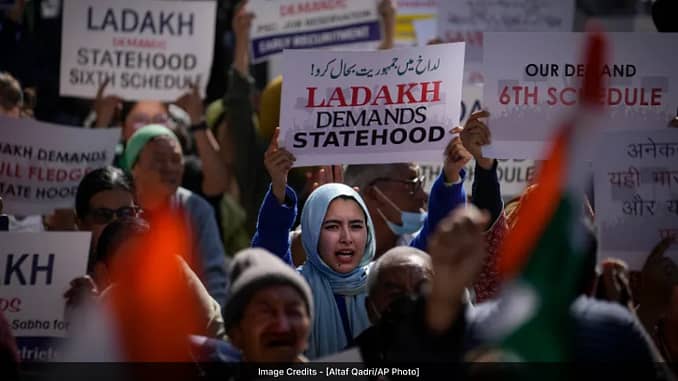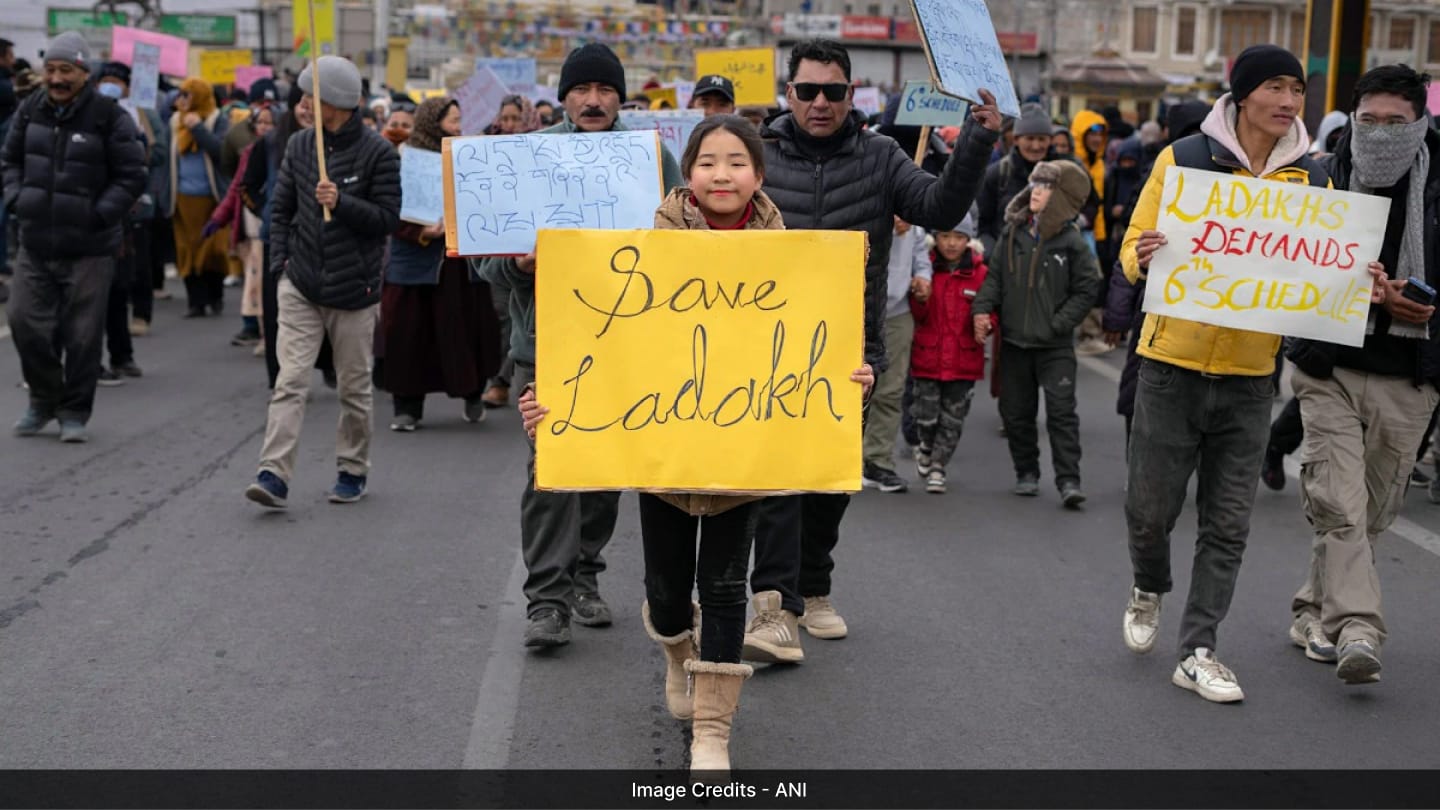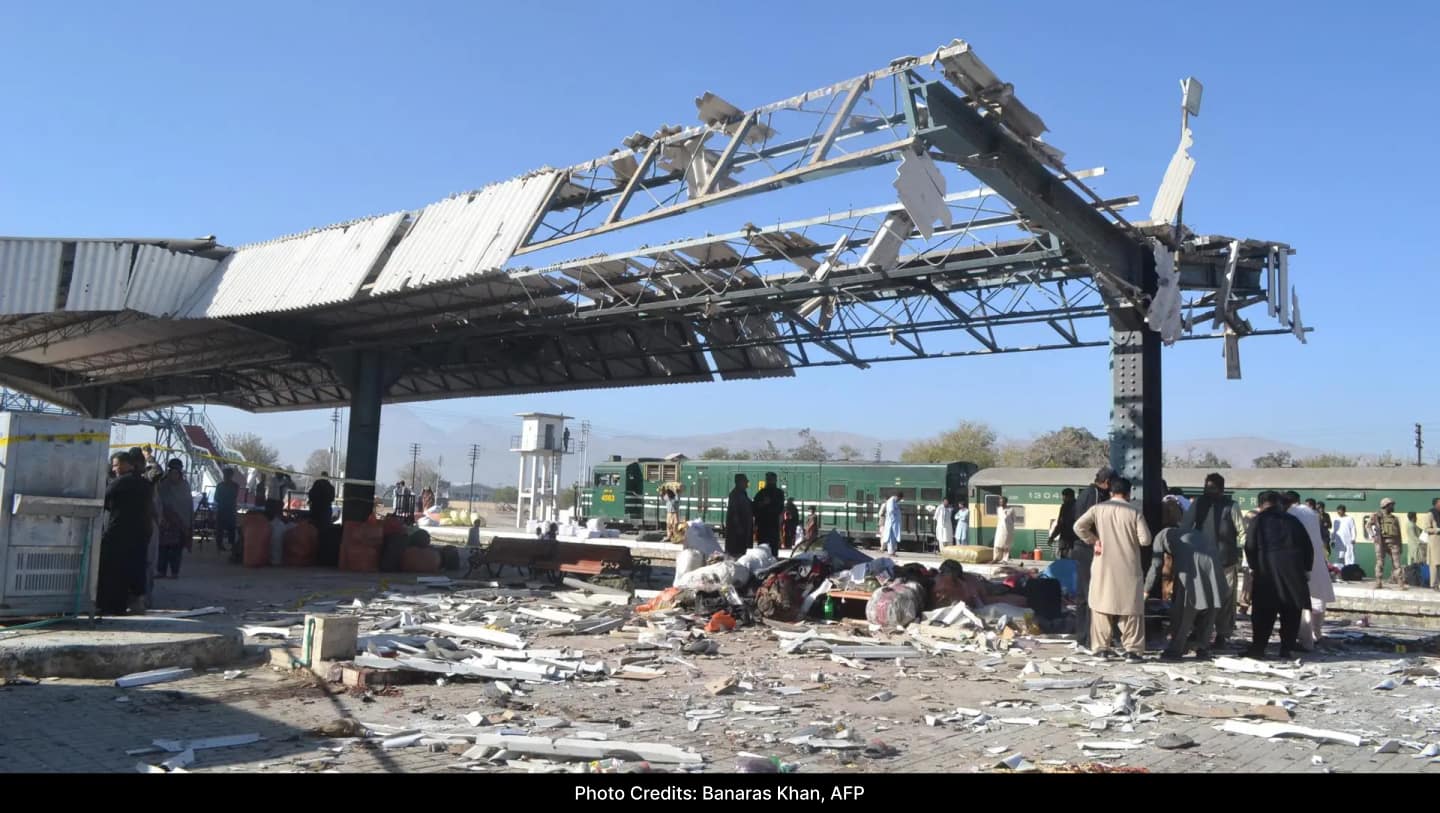Over the weekend, despite sub-zero temperatures, thousands of people rallied again in Leh, underscoring their continued demand for full statehood for the Union Territory of Ladakh. In addition, they emphasized the need for inclusion in the Sixth Schedule of the Constitution, which aims to protect the region’s land, culture, language and environment.
The genesis of Ladakh’s discontent can be traced back to August 2019, when the government announced the abrogation of Article 370 and the bifurcation of the erstwhile state of Jammu and Kashmir into two Union Territories – Jammu and Kashmir and Ladakh. While the decision was met with cheers in Leh, a predominantly Buddhist district, it raised concerns in Muslim-majority Kargil.

At the core of Ladakh’s discontent is the issue of governance and autonomy. With the creation of the Union Territory of Ladakh, the region was stripped of its legislative power and left without the means to enact laws and effectively govern. In addition, the loss of exclusive rights to land and jobs, previously guaranteed by Article 370, has raised fears of demographic change and economic marginalization among local residents.
Calls for greater autonomy and protection of rights gained momentum in the 2020s, when various political, social and religious groups in Ladakh came together under the banner of the People’s Movement for the Sixth Plan for Ladakh. The demand for Sixth Schedule status, which provides constitutional guarantees and nominal autonomy to tribal areas, has emerged as a rallying cry for the people of Ladakh, especially in Leh.
The challenges they faced
The post-2019 Ladakh administration has faced criticism for allegedly undermining the autonomy of hill councils in the region. In addition, the promises of employment opportunities have not yet been fully fulfilled, which worsens the unemployment of young people in the region.
Geopolitical and political context
The Bharatiya Janata Party (BJP) has struggled to manage the complex dynamics of Ladakh, facing setbacks such as poll boycotts and narrowing electoral margins. The people’s movement boycotted the Hill Council elections in 2020. Since then, several rounds of dialogue have taken place, culminating in the recent formation of a high-powered committee.
The initial official interaction between the central government and the Ladakh leadership took place in December. Then on January 16, representatives of Kargil and Leh jointly submitted their demands to the Home Ministry in writing.
However, the ministry did not respond until the notice of shutdown on February 3.
What happened at the February 19th meeting?
The Center on Monday agreed to thoroughly discuss the demands for Ladakh’s statehood, its inclusion in Schedule 6 of the Constitution and the establishment of a dedicated public service commission for the upland region. This agreement was reached in a meeting held in this regard between the High Powered Committee (HPC) for Ladakh, headed by Home Minister Nityanand Rai, and a 14-member delegation representing Apex Body of Leh (ABL) and Kargil Democratic. Alliance (KDA).






